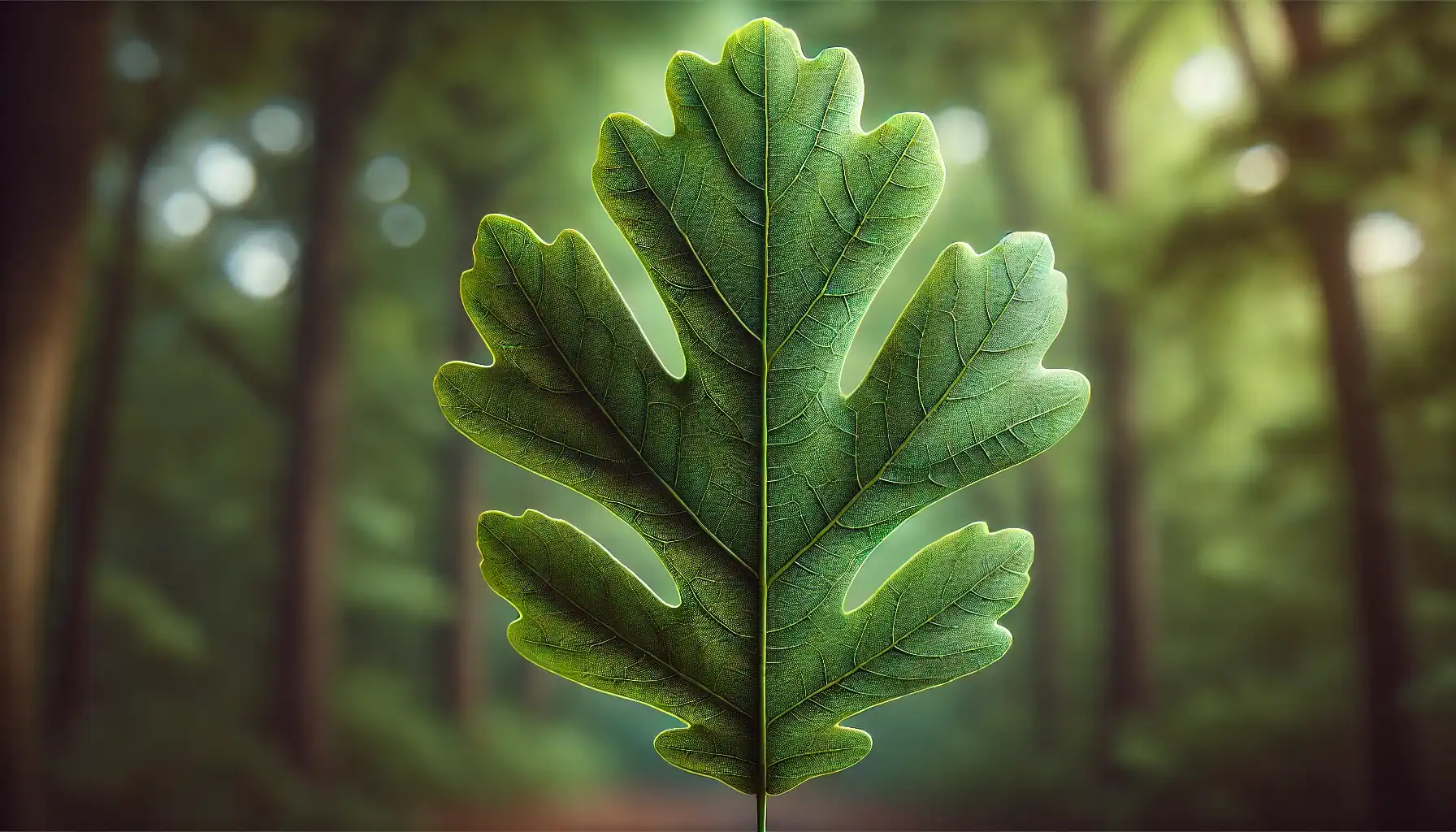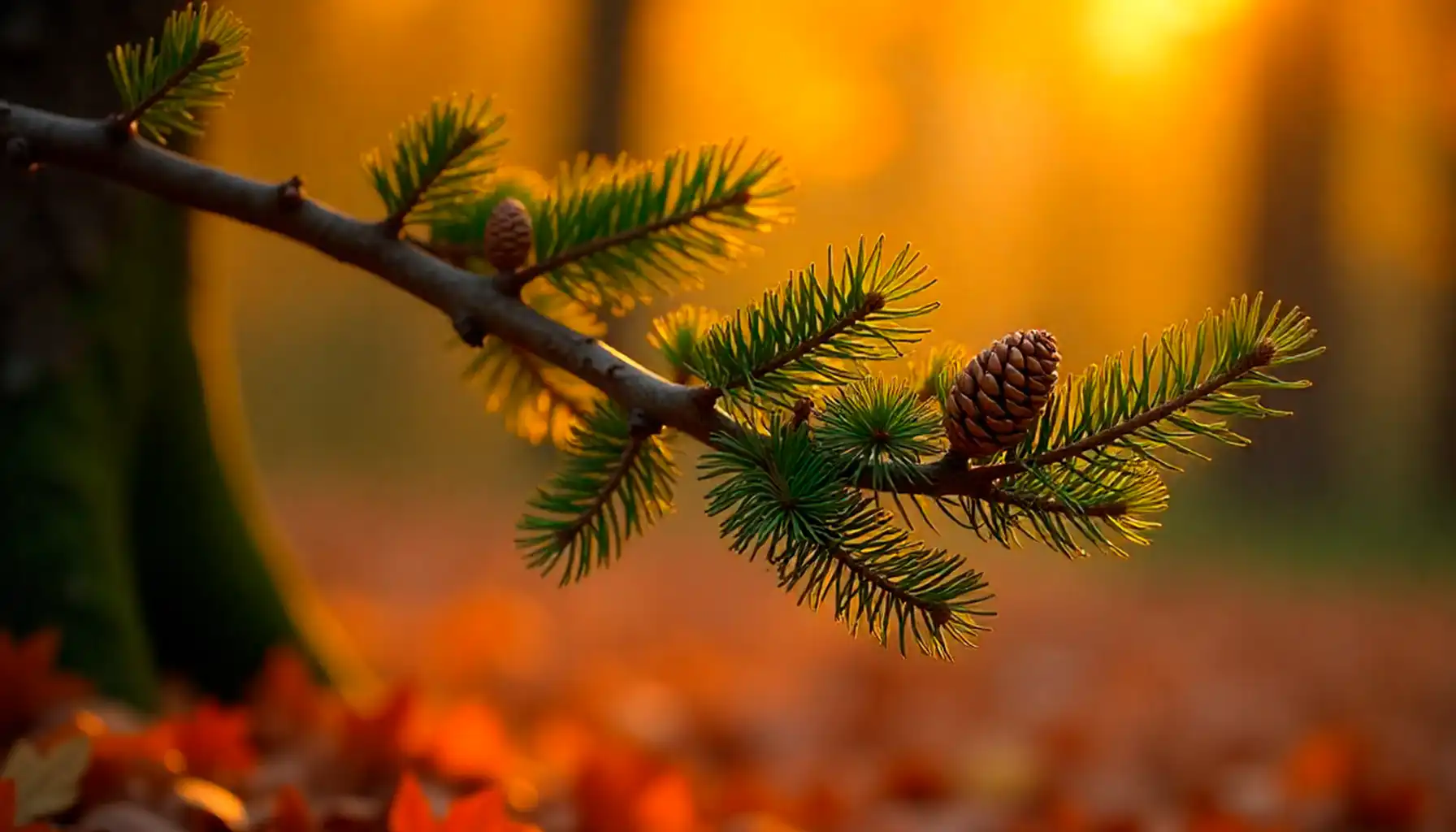Most people vividly recall those days when they were assigned to prepare a herbarium as their school project, and seeking unusual leaves was like an adventure to love and cherish for years. Among the majority of numerous leaf forms and structures, the most prominent ones were always associated with majestic oak.
Although there may exist dozens of oak trees, each boasts its unique, easily recognizable appearance and growth arrangements, too. What does an oak tree leaf look like for different varieties? How to carefully yet precisely identify plant species by leaves and their peculiarities? It is time to delve into this aspect of plant identification and exploration and see.
Touching Upon Oak Trees…
In essence, oak trees represent a great group of more than 500 hardwood species, both deciduous and evergreen ones. Found primarily in the Northern Hemisphere, i.e., Europe, Asia, and North America, oak trees can share visual resemblances yet exhibit distinct growth preferences. Generally, these plants can be easily identified due to their characteristic features, i.e., bark, acorns, foliage patterns, and leaves in particular.
When looking at the tree from afar, the first thing that draws one’s attention is its thick and rough bark that is to protect its dense and strong wood from fire and pests. Besides, what transparently distinguishes any oak tree from other plants comes down to acorns and the leaves. The first usually look almost identical, for they represent nuts (or seeds) hidden in a leathery shell with a cup-like “hat”, scientifically known as a cupule, at the top. The leaves might tell you even more about tree types, though.
Also read: The King of Desert: A Brief Look at Saguaro Cactus.
Common Oak Tree Leaf Types
Since the group of oaks is an overly complex organization that falls into several categories itself, it might be better to cover the most widespread types only, i.e., the white oak trees and the red ones. However, there exist far more oak groupings within their genus. So, what do the leaves of an oak tree look like according to the list of the most popular types?
White Oaks*
Japanese Evergreen Oak: If paying attention to the leaves only, one may miss the point that Japanese Evergreen Oak is an oak indeed. This might happen due to the fact that the species features glossy, dark green leaves of an oval to lance-shaped form with smooth edges, and the leaves are always arranged into palm-like patterns. Not the most common pattern, to be honest.
Bur Oak: Widely recognized for their shape, the leaves of a Bur Oak demonstrate deep, rounded lobes and sinuses. As a rule, these plant species may boast leaves of larger sizes and prominent acorns with mossy, bigger cups.
English Oak: Another type that can be eventually found refers to the English Oak. What is definitely prominent about the tree is the oblong leaves with a wavy margin and 4 to 5 pairs of rounded lobes. Exactly what people imagine when thinking about oaks in broad terms.

Red Oaks*
Pin Oak: Sharp and edgy, the leaves of the Pin Oaks may not always be as indicative as the overall appearance of the tree. To be brief, Pin Oaks produce glossy, deeply lobed leaves with pointed tips, bristle edges, and bronze color potential when in fall.
Black Oak: One more oak type, i.e., Black Oak, is characterized by shiny, dark green leaves with sharply pointed lobes and a yellow, velvety surface from the other side.
Willow Oak: Unlike other red oak species, its leaves are narrow, lance-shaped, glossy, and smooth-edged. They do not but grow extremely fast and, thus, produce greater volumes of foliage each year.
*The groups of white and red oaks respectively include more instances than those presented above. This list comprises some of the most commonly sought-after tree species.
Also read: Lavender Species: Selecting the Best Option for Your Garden.
How to Identify Oak Leaves Properly? Tips and Strategies
Identifying oak leaves might be a rewarding experience, for such an endeavor grants new emotions and fulfillment. According to the level of curiosity, time, and persistence, one is free to opt for any strategy that meets their expectations and needs as well. All in all, what can you do to identify an oak tree by its leaves?
Strategy 1. Observe the Plant.
The most straightforward way to detect what type of oak tree it is presupposes a thorough examination of leaves, their arrangement, color, texture, etc. Are they lobed or not? Do they possess smooth edges or the toothed/bristle-tipped ones? Can you notice their color and size, as well as coloring patterns? Take all these aspects into consideration and then refer to the guidebooks so as to find a relevant floral instance. Nevertheless, this path is a bit too time-consuming and daunting.
Strategy 2. Consult a Professional
What one can do else is the on-site consultation with professionals who always know better what this or that plant relates to. However, it should require advanced preparation and planning for you to book an appointment, whether online or not, and finally navigate the world of flora with a guide.
Strategy 3. Employ Plant ID Apps
Last but not least option is the easiest one, for one needs a smartphone with a camera and a great interest in exploring new plant species only. The apps such as AI Plant Finder usually offer a wide range of features like quick plant identification by photos, disease ID, plant log, and numerous gardening tools, including a water calculator, an illuminance meter, and plant care reminders.
So as to identify an oak leaf, the only thing you should do is access the app, tap on the “Scanner” button, take a good-quality picture of the leaf, and wait for the system to process it and deliver the most relevant information possible. As easy as that!
In most cases, oak leaf identification is a pleasant experience that is usually supported by new exploration, vivid emotions, and a deeper understanding of nature. Since there are hundreds of oak species and their unique foliage features, it is always important to rely on credible resources and tools that do not fail. Be curious and let your curiosity guide you more.
AI Plant Finder Related Posts:






